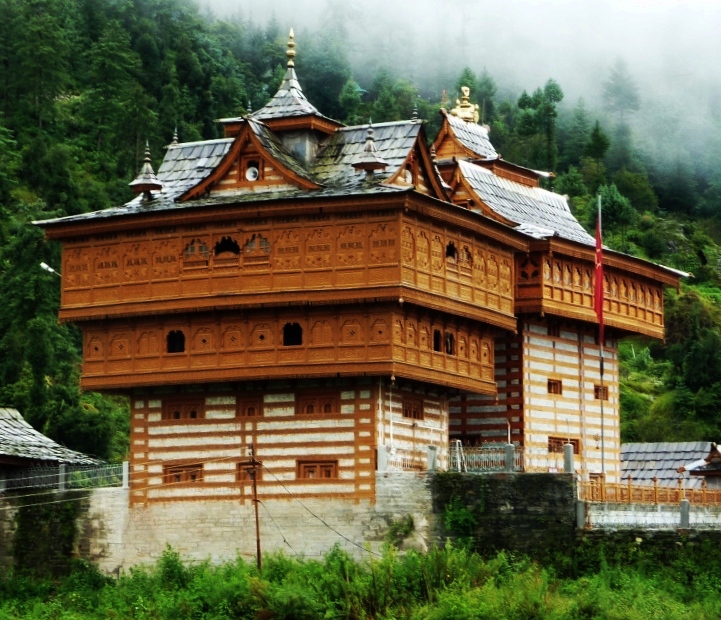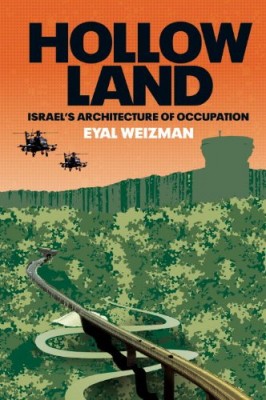Lecture 3_Seminar Notes
Santorini houses as a symbol of the island. Something trying to show something else.
Architecture as a way of showing status – eg. Amsterdam. Santorini slide is a good example of this. Social standing. Separation of form and construction in order to “pretend” something.
Is there an ideal way that the material wants to be worked with? Is there an optimal way to work with a certain material. Yanomami – where do we put the resources.
Because of land ownership, capitalism doesn’t enable nomadism in the same way.
Materials that can be commodified.
Vernacular as resourcefulness – by-product. Sustainable building practice. There is still an ingenuity in how to use the rest.
Land accumulation.
Question of erasure in colonial states. Systematic erasure to this day. Who is designing these buildings that are appropriating indigenous building forms.
Grain storage in southern Italy.
Who owns the knowledge? It depends on existing power structures.
Issa Shrine in Japan. Maintain something through care.
Methodology of perpetuating knowledge.
How much of the knowledge is allowed to change, informed by new technologies?
Idea of preservation is very new in relation to history. Pre- vs. post-colonial.
Concept of living museum.
Religious preservation of artifacts.
Cross-disciplinarity.
One thing that Enlightenment did was separate the knowledge from the identity, in a way optimistically.
Kath kuni – Himalayan architecture

Kath kuni architecture – Wikipedia
Some vernacular typologies had a strong influence in the way of living, how changing the typology changes the way of life. Some ways of living can’t be translated into contemporary ways of living.
Book “Hollow Land” – Jerusalem stone seen as a symbol of Israel.

Hollow Land: Israel’s Architecture of Occupation (first Edition) | AA Bookshop
In creating a building such as the enterprise centre as an experiment, it generates a new body of knowledge – how do you fire rate it? How do you maintain it?
Do buildings have to stay for 100 years?
Colonisation in North Africa – top down perspective. Preservation in a way that is still quite alien to local knowledge. Counter-colonisation?
How can the architect learn from a community? Is the architect a consultant?
Reasons why a community lives together – relationship with the landscape.
Rammed Earth – is it really worth to use it?
